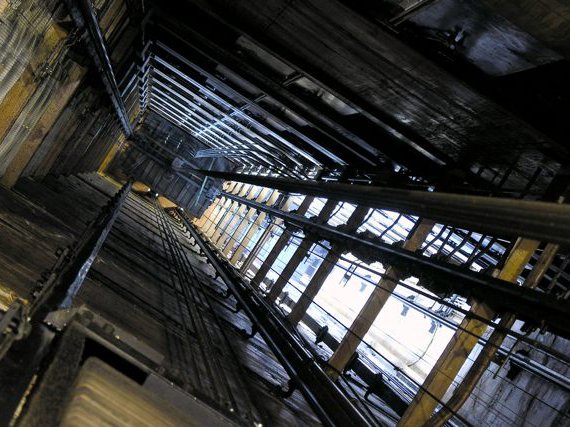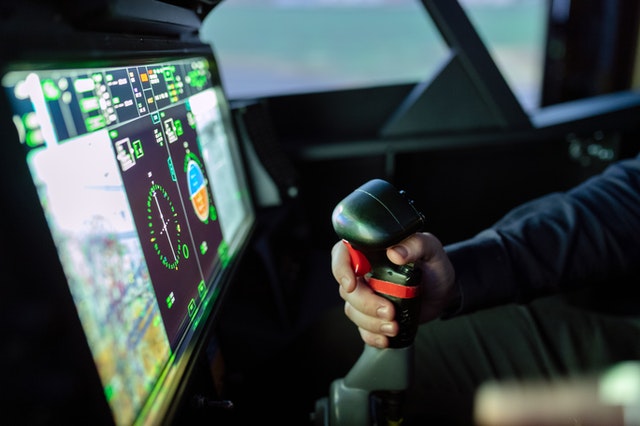8 Interesting Ways Technology Has Changed 2020 Elevators

Although the majority of elevators today are produced by the first company to introduce elevators back in 1857, there are many surprising changes that have helped bring elevators into the digital era. Here are eight interesting ways technology is helping 2020 elevators keep up with the digital world. These facts can be explained better through various elevator installers as well.
1 – TWIN Elevator Systems
A European trend making its way to North America, TWIN elevator systems have revolutionized how builders and architects use space. By running two elevators in a single shaft, multiple cabs maximize the number of rides while reducing the amount of space required for multiple elevators. The cabs operate safely using a monitor to ensure they never collide. The systems can put one cab in sleep mode at slower traffic times in the day.
2 – Elevator Analytics
Through cloud-based technology predictive maintenance provides building owners and facilities managers with crucial analytics. They receive notifications when maintenance is required to avoid breakdowns. Systems also monitor and track energy waste, high traffic times, trapped elevators, equipment status, events, and more. Riders can feel safer knowing there is 24/7 digital emergency service available and that breakdowns are far less likely.
3 – Emergency Use Elevators
Sadly, 9/11 has taught us that efficient evacuation from buildings in emergency situations is key to seeing more survivors. As a result, the National Elevator Industry Inc. (NEII) has introduced new building codes so elevators can be used in emergency situations. Special codes are in place to make elevators safe for use, and elevators must adapt their systems to meet those codes.
4 – Smart Building Technology
Smart building technology improves all aspects of a building including elevators. Interactive Touch Panels will become more common, allowing passengers to use them for entertainment purposes, but also incorporate improved emergency call technology. Passengers can see the system is functioning properly, providing a more comfortable, safe ride. As well, intuitive elevators include smart technology to organize commuters by grouping them based on their floor/zone preferences.
This big brother approach helps direct passengers to the appropriate elevators when they tend to go to the same destination every ride. This keeps traffic moving in high rises during busy times such as the 9 am arrival, lunches and 5 pm departures.
5 – Cable-Free Elevators
Like something right out of Harry Potter, cable-free elevators can move both vertically and horizontally. Instead of depending on cables restricted to up and down movement, cable-free elevators use linear motors and magnetic rails that also allow forward and backward, and left or right movement. They are more energy-efficient than traditional elevators, helping large buildings effectively reduce their carbon footprint.
6 – Robotic Lifting Systems
Automated vehicle storage and retrieval technology use robotic lifting systems. Becoming an important tool in vehicle sales and storage, these facilities are finding new ways to improve efficiencies. By stacking vehicles, parking capacity is maximized. Vehicles are stored safely away, and drivers have a convenient way to access their vehicles. They are becoming more common for new buildings with parking challenges.
Automated parking technologies are eco-friendly, as cars are transported to their storage area and retrieved using the elevators instead of the need for the vehicle’s energy use. This also reduces emissions released when people drive around garages looking for parking spaces. The robotic lifting systems know where spots are available and automatically place the vehicle in the first available space.
Robotic lifting systems will see increased demands as cities become more crowded. Facilities such as business parks, railways stations and airports, high rise apartments and hotels, and major depots for public transportation systems will all look to the automated vehicle storage option as space becomes limited.
7 – Digital Displays
Technology is being used to provide entertainment and communication to elevator passengers. As digital marketing continues to evolve, it’s just a matter of time before presented information will match the needs of passengers. Today elevator digital displays mainly focus on information relevant to the building, but can also be generalized to offer weather updates, news reports, sports, and entertainment content. In some cases, buildings will sell ad space to businesses, an effective tactic in buildings such as hotels or conference centers.
8 – Pandemic Innovations
COVID-19 has enforced the need for touchless access in public spaces. Fujitec offers contactless panels using infrared sensor technology allowing passengers to wave their hand over the panel to select their floors. Congestion indicators also assist with social distancing and anti-bacterial lift buttons help reduce the spread of germs. New technology will also use voice sensors to direct elevators to their destination.
Elevators have come a long way since they were first introduced over 160 years ago. However, technology provides a safer, more efficient ride for optimum passenger experiences.






